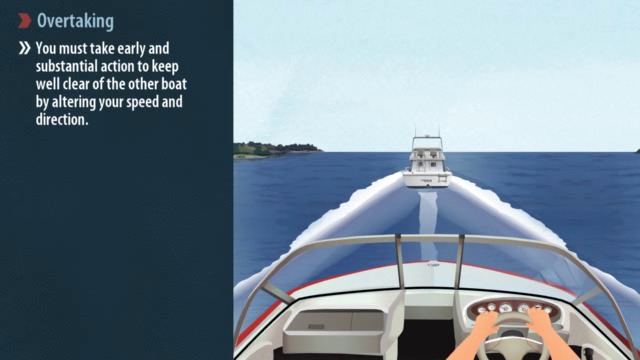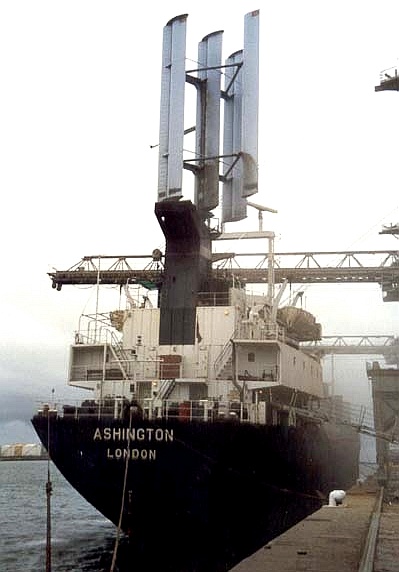
Logically, and under such circumstances, a vessel shall not exhibit NUC lights and shapes, but instead those stated in Rule 23, because the term ‘underway’ includes when the vessel is ‘making way through water’ but also when it is ‘making no way through water’ (as stated in Rule 35(a) and 35(b).
#POWER DRIVEN VESSEL MEANING FULL#
This means that a vessel drifting with no other apparent problem shall have her engines ready to manoeuvre, and in case a risk of collision may happen, she is forced to respect the full Rules. It has been made clear that a stopped vessel with no engine or steering problems is considered to be an underway vessel (IMO, 1982). The word “underway” means that a vessel is not at anchor, or made fast to the shore, or aground.Īlthough it may seem an obvious definition, different interpretations have originated to the point that the Maritime Safety Committee (MSC) of the International Maritime Organization (IMO) has issued further guidance to make some aspects clear in order to find a homogeneous interpretation of the concept. The arrival of AIS in particular demands an urgent revision of the COLREGs, particularly those of Part B ‘Steering and Sailing Rules’ (Rules 4 to 19 inclusive) to include some reference to this important new facility. The COLREGs do not specifically mention AIS, Very High Frequency (VHF) radio or Vessel Traffic Services (VTS). It is to be remembered that Rules 11 to 18 only apply when the vessels are within sight of each other, because in conditions of restricted visibility, Rule 19 applies instead and makes no distinction between vessels the differences between categories of vessels fade to the point that Rule 35(c) demands all vessels with some kind of restriction make the same sound signal. It also has to be mentioned that the COLREGs do not include fishing vessels or sailing vessels as RAM vessels, as it considers these vessels to be in a better condition to start an escape manoeuvre, as stated in Rules 18(b)/18(c). We want to highlight that this is another basic difference between NUC and RAM vessels: NUC vessels have to stay in this situation until the problem is solved, but a RAM vessel can freely choose when she is going to operate as one and, if necessary, she can delay or even cancel the commencement of working (e.g., in the case of adverse weather conditions). If, for instance, a ‘dredger’ is sailing from one port to another without actually carrying out dredging operations, the COLREGs will only consider her to be an ordinary power driven vessel, not a RAM vessel.

However, if a vessel wants to demand ‘RAM’ priority over other vessels, any such vessel must be operating as specified in Rule 3(g). (vi) a vessel engaged in a towing operation such as severely restricting the towing vessel and her tow in their ability to deviate from their course. (v) a vessel engaged in mine clearance operations (iv) a vessel engaged in launching or recovery of aircraft (iii) a vessel engaged in replenishment or transferring persons, provisions or cargo while underway (ii) a vessel engaged in dredging, surveying or underwater operations (i) a vessel engaged in laying, servicing or picking up a navigation mark, submarine cable or pipeline

The term ‘“vessels restricted in her ability to manoeuvre shall include but not be limited to: Rule 3(g) explains this in detail, by further stating: That is, whereas a NUC situation is exceptional and unwanted, it is, however, a normal situation for a RAM vessel because the nature of her work leads to it (see Figure 2).

The term “vessel restricted in her ability to manoeuvre” means a vessel which from the nature of her work is restricted in her ability to manoeuvre as required by these Rules and is therefore unable to keep out of the way of another vessel.


 0 kommentar(er)
0 kommentar(er)
